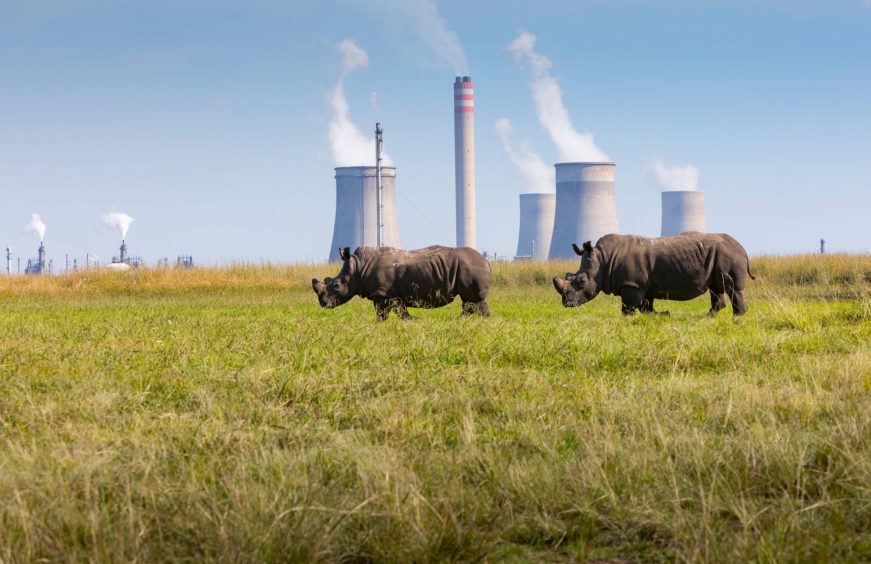
Sasol has reported adjusted EBITDA up 48% for its financial year, ending on June 30.
The South African chemicals company reported 71.84 billion rand ($4.2bn) for the year, up from 48.42bn rand ($2.84bn) for 2021.
The company described its results as strong. These came against a “backdrop of increased volatility resulting from ongoing geopolitical tensions, extended COVID-19 lockdowns and global supply chain disruptions”.
Energy and chemicals prices were up, it said, while the company is also in the process of implementing its Sasol 2.0 transformation programme.
However, volumes were down because of the “operational challenges” of the first half of the financial year. This has subsequently improved.
EBIT reached 61.4bn rand ($3.6bn), up from 16.6bn rand ($975mn). Higher crude prices, refining margins and chemical prices drove this increase. As a result, the company also saw a “strong gross margin improvement compared to the prior year”, it said.
The performance saw Sasol declare a dividend of 14.7 rand ($0.86) per share for the year. The company did not pay a dividend for its 2021 performance.
The proposed dividend is the highest since at least 2005, according to Sasol records.
Sasol said its drilling campaign in Mozambique had successfully seen four wells drilled, in line with expectations. The work will continue into 2023.
It expects to maintain output from the Petroleum Production Agreement area in Mozambique at 109-112 billion cubic feet in the 2023 financial year.
Methane-rich gas sales in South Africa were up 10% by volume in the 2022 year versus 2021. However, gas sales were 1% down.
Sasol continues to be focused on sourcing gas, while it works to bring green hydrogen costs down. The company noted the signing of a memorandum of co-operation (MoC) with South Africa’s Central Energy Fund and Mozambique’s Empresa Nacional de Hidrocarbonetos (ENH).
This MoC focuses on supplies for the two economies, in order to shift from coal to gas.
Sasol said it was also finalising a term sheet for 40-60 petajoules of LNG, which would come in addition to its current 160 PJ requirement. Importing LNG, Sasol said, will be a “potential source of incremental gas supply toward the latter end of the decade”.
Recommended for you

